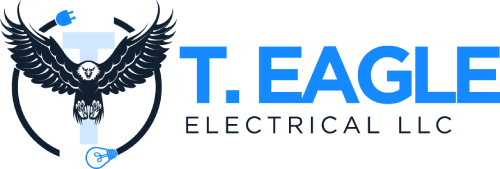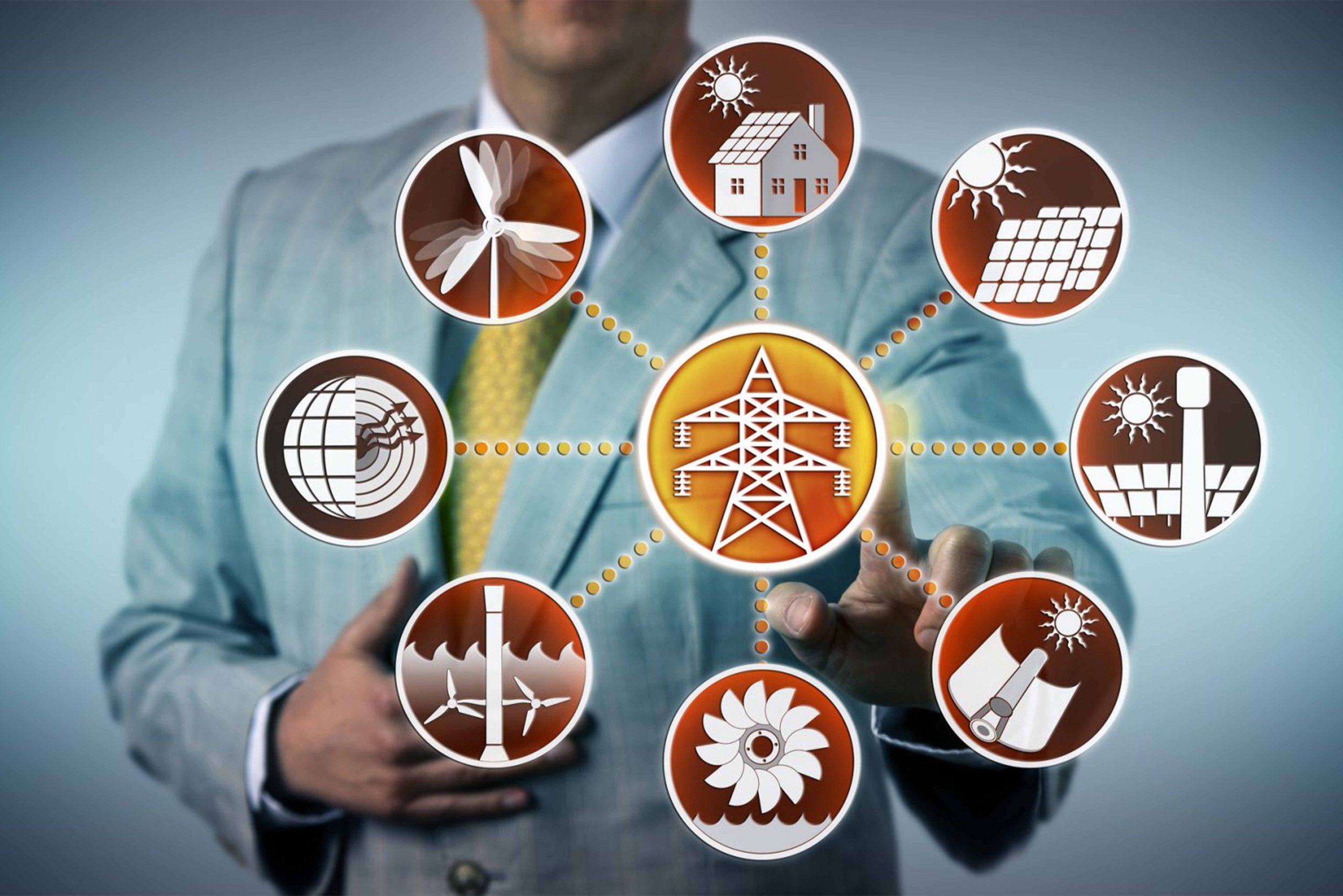Upgrading older wiring and systems in your home or business can seem unnecessary. However, modernization projects offer significant advantages that enhance safety, performance, and value.
In this blog post, we’ll explore the top benefits of upgrade projects and how they can benefit current and future owners.
Increased Safety
One of the primary advantages of upgrading old electrical wiring, plumbing, or HVAC systems is improved safety. Over time, older systems can become compromised or fail to meet current safety codes. Electrical wiring, in particular, degrades as it ages and is more prone to shorts, sparks, and fires. Old pipes may corrode internally, weakening their structure and allowing leaks. HVAC equipment that is 15+ years old likely uses refrigerants and metals that are no longer considered safe for the environment or occupants.
Modernizing these core systems brings everything up to the latest electrical, plumbing, and mechanical standards. Newer materials are more durable and less likely to fail in hazardous ways. Circuit breakers and ground fault circuit interrupters (GFCIs) add an extra layer of protection against shocks.
Proper ventilation and sealed components in HVAC upgrades enhance indoor air quality, too. The peace of mind from addressing potential safety issues is worth the investment.
Improved Performance
Beyond safety, upgrade projects boost performance and functionality as well. Older equipment just doesn’t operate as efficiently as current technology.
Wiring installed decades ago using smaller gauges struggles to handle modern loads from appliances, electronics, and supplemental equipment. Overloaded circuits are prone to overheating, shorts, and power disruptions.
Replacing outdated electrical systems with proper circuitry and capacity solves these issues. Lights, outlets, and major appliances can all run smoothly without pesky power outages or blown fuses.
Upgraded plumbing improves water flow and pressure throughout a home. Replacing an antique furnace or air conditioner with an Energy Star-rated high-efficiency system lowers utility bills significantly while keeping interiors more comfortably climate-controlled. Both homeowners and occupants enjoy a more dependable infrastructure with fewer disruptions.
Increased Property Value
Another huge upside to remodeling projects is their boost to a property’s market value. Appraisers and potential buyers recognize the advantages of modernized safety features, functionality, and lower ongoing costs. Outdated wiring or HVAC, leaky plumbing issues and other deferred maintenance can significantly detract from curb appeal and valuation.
Investing in necessary electrical, plumbing, or HVAC upgrades demonstrates the owner’s commitment to the property. It shows new owners they won’t inherit the burden of impending repairs or replacements anytime soon. Significant renovation work adding thousands to a home’s worth is common. Even relatively minor system updates preserving components for another 15-20 years positively impact what future buyers are willing to pay.
Longevity of Infrastructure
Beyond resale value, well-timed upgrade projects extend the functional lifespan and overall durability of a building itself. Properly installed modern materials are engineered to last decades rather than requiring patchwork repairs every few years. High-quality components prevent costly, premature replacement down the road, too.
Neglecting infrastructure maintenance and failing to address aging issues only accelerates depreciation. Leaks, shorts, and inefficient equipment exacerbate other emerging problems if left unaddressed.
By proactively replacing old systems that are unsuitable for purpose, owners preserve structural integrity for years with less hassle and cost over the long haul. Regular preventative upgrades avoid much pricier renovations and replacements later on due to deferred wear and tear.
Energy Efficiency Savings
One significant benefit of certain remodeling projects involves money saved on utility bills. Older heating, cooling, and insulation don’t compare to current energy-efficient standards. Replacing outdated equipment qualifies for rebates and tax breaks, too, due to eco-friendly upgrades lowering overall carbon footprints.
New insulated windows, programmable thermostats, LED lighting, and high-performance HVAC systems substantially reduce electricity and gas use. Annual cost savings recoup most if not all, upfront costs within only a few years. Lower maintenance needs and less strain on systems extend service lives while sparing the environment. With utility expenses rising, efficiency gains become even more valuable in the long term.
Eligibility for Incentives
Federal, state, and local governments provide financial assistance for certain remodeling projects emphasizing energy efficiency, safety, and sustainability. Tax deductions, rebates, and even low-interest loans subsidize the costs of solar panels, tankless water heaters, electrical panel replacements, and wall insulation improvements.
Checking with local utilities and agencies about incentive programs lets homeowners take advantage of these offsetting funds for eligible upgrade work. Obtaining quotes beforehand allows contractors to factor assistance programs into final pricing. Leveraging rebates and credits softens financial impacts and speeds return on investment timelines, strengthening the case for worthwhile modernization efforts.
Wrapping Up
Upgrade projects are well worth the cost for both current homeowners and future owners alike. Addressing aging issues now prevents costly repairs down the road. Modernized systems also increase safety, performance, and property value. While requiring upfront spending, planned renovations deliver peace of mind and longevity.
Don’t wait until problems arise – contact us today to discuss how targeted upgrades can benefit you for years to come.



